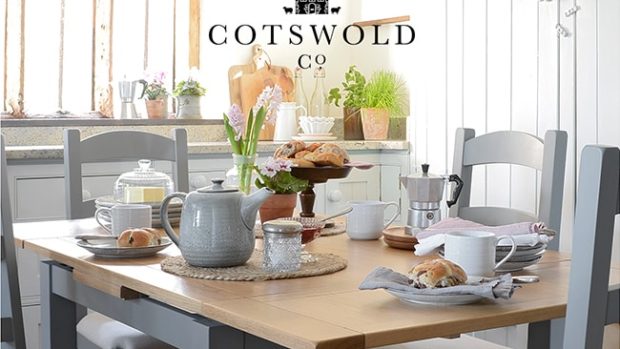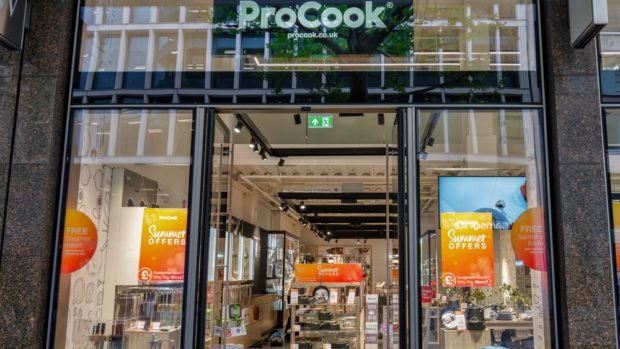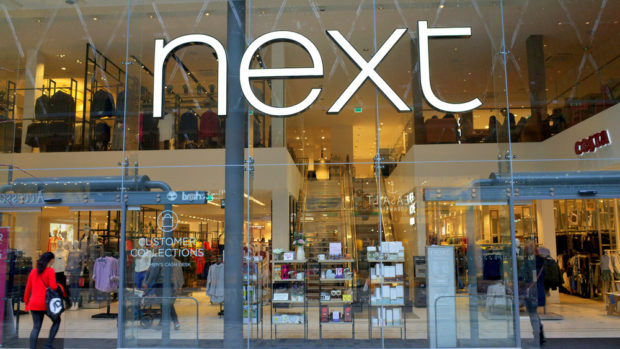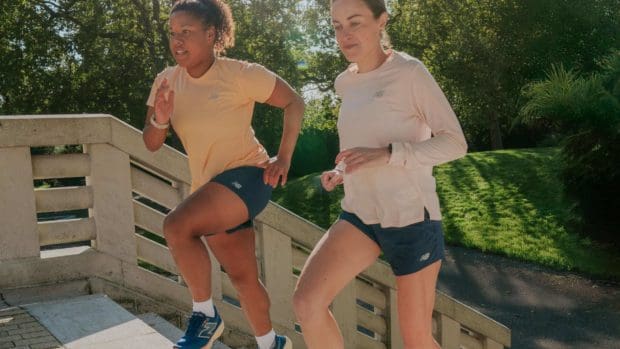The total number of UK online fashion checkouts increased significantly in May, up 115 per cent year-on-year, according to Truefit however average order value (AOV) remained down compared to last year, -9 per cent for the first three weeks in May.
Data from its Fashion Genome, the world’s largest connected data set for fashion which analyses transactions from 17,000 retail brands and processes data from 170million shoppers who are registered users, suggests that fashion is now showing gradual signs of recovery after many businesses were forced to shut stores and eCommerce operations following the lockdown in March.
As the total number of orders has improved, web traffic has also increased – up 39 per cent year-on-year for the first three weeks of May. However, the value of total sales is still recovering from the impact of covid-19 – global fashion sales are predicted to fall by 30 per cent in 2020, with luxury clothing being even hard hit, estimated to drop by 40 per cent.
With many retailers, including Quiz, Net-a-Porter and Next, quick to re-open their eCommerce sites with new social distancing and safety measures for staff, others, such as H&M, are also accelerating their focus on digital channels in a bid to speed up recovery. Newly appointed CEO of H&M, Helena Helmersson, said the Swedish fashion brand would take ‘forceful measures’ that would ‘lead to a fast shift towards digital’ after it shut 75 per cent of its stores worldwide.
And even with UK clothing stores set to reopen from 15 June, consumers will remain reliant on digital channels for their fashion buys, with recent research showing that less than half (41 per cent) of shoppers will be comfortable revisiting stores after lockdown**.
This has led to physical retail outlets looking at changing in-store operations and digitalising experiences in fashion stores to reassure returning shoppers. GAP, for example, will temporarily close its fitting rooms and impose a 24 hour ‘quarantine’ of returned goods or stock handled by customers, while other retailers like John Lewis are exploring virtual shopping assistants and implementing rigorous cleaning plans.
William Adler, CEO at True Fit, said: “We’re starting to see the re-emergence of retail – a charge that is being led by eCommerce as fashion brands start to adapt their strategies to accommodate emerging shopper buying behaviours brought about by the covid-19 lockdown.”
“Retailers, who once may have flirted with the notion of digital-first, are seeing the era of digital-first unfolding in front of them. This means they will need to intensify their digital execution – not just to replace revenues that once came from shops, but also to address friction in-store, such fitting room closures or increased demand for click-and-collect capabilities – as retail recovers.”
“Key to sustaining this recovery in the long-term will be for retailers to demonstrate a deep-rooted understanding of customers, driven for the most part through personalisation. By helping shoppers find clothes and shoes they love and keep, retailers close the ‘loyalty loop’ and in turn, retain customers to improve customer lifetime value,” he concluded.








Share